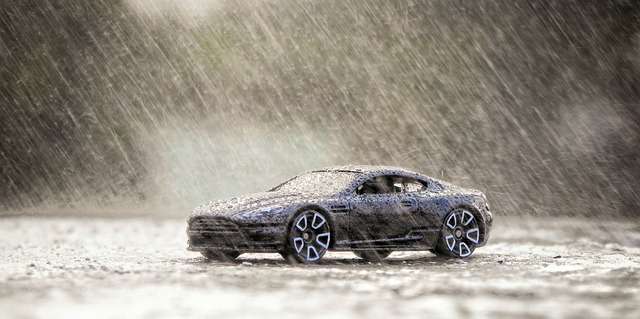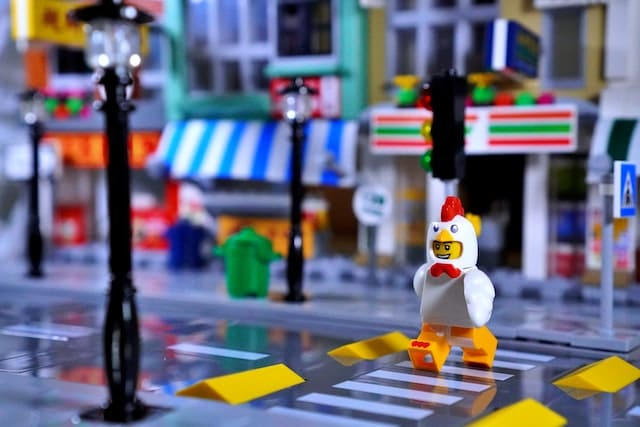In toy figure photography, props are essential for crafting compelling scenes. Select items complementing your story without overtaking the figures. Guarantee props match your toys' scale for realism. You can DIY with materials like cardboard or bottle caps for cost-effective creativity. Try repurposing everyday objects into unique enhancements. Natural elements, such as leaves and twigs, offer authenticity and depth. Dynamic scenes are achievable by experimenting with angles, lighting, and action elements like wind or water. These methods breathe life into your compositions. Explore further to learn how each prop technique enhances your storytelling capability.
Selecting the Right Props
When it comes to toy figure photography, choosing the right props can make all the difference in bringing your scenes to life. The key is to select props that complement the story you're trying to tell without overshadowing your figures. Start by considering the scale of your toys. Props should match the size to guarantee a realistic portrayal. A tiny chair might look odd next to a large action figure, so aim for consistency.
Next, think about the scene's theme and mood. If you're going for a whimsical setting, opt for colorful and playful props. For a more serious or dramatic scene, muted tones and simple designs might work better. Remember, your goal is to enhance the narrative, not distract from it.
Textures and materials are also important. Mixing textures can add depth to your photos. For instance, pairing a shiny metal object with a soft fabric can create visual interest. Pay attention to the colors of your props, too. They should complement or contrast with your figures in an intentional way.
Lastly, consider lighting. Choose props that reflect or absorb light in a way that enhances your scene, emphasizing the figures and creating dynamic shadows.
DIY Prop Ideas
Creating your own props for toy figure photography can be both a fun and cost-effective way to enhance your scenes. You don’t need to break the bank to create imaginative and detailed environments for your toys. With just a few materials and some creativity, you can craft unique props that will make your photos stand out. Additionally, consider utilizing everyday items around your home as makeshift props, which can add a touch of realism to your scenes. Experimenting with different angles and lighting can dramatically change the mood of your photographs, providing you with endless possibilities. For those looking to elevate their skills further, there are many resources available online that offer valuable tips for toy photography motion, helping you capture dynamic and engaging shots.
Start by considering the scale of your toy figures and the theme of your scene. Look around your home for everyday materials that can be transformed into miniature objects. Here are three simple DIY prop ideas to get you started:
- Cardboard Backdrops: Use cardboard to create buildings, walls, or even mountains. Paint them in different colors or add textures using materials like sandpaper or fabric to give depth and realism.
- Bottle Cap Furniture: Repurpose bottle caps as seats, tables, or even wheels. Glue them together, paint them, and you've got yourself some nifty furniture pieces.
- Paper Accessories: Cut and fold paper to make items like books, scrolls, or even tiny kites. You can also print patterns or designs onto paper to create more detailed accessories.
These simple DIY props can transform your photography, making your toy figures' world more immersive and engaging.
Using Natural Elements

Why not incorporate natural elements into your toy figure photography to add authenticity and depth? Using items like leaves, rocks, and twigs can create a more immersive scene, making your figures appear as if they truly belong in their tiny world. Look around your garden or local park for inspiration and materials. A small patch of moss can double as a dense forest, while a few pebbles can mimic a rugged mountainside.
When using natural elements, consider the colors and textures. Bright green grass can contrast nicely with a toy soldier's uniform, while the rough surface of a rock might highlight the sleek lines of a futuristic robot. Observing how light interacts with these elements can also enhance your photos. Dappled sunlight filtering through leaves can cast interesting shadows, adding drama and depth to your composition.
Experiment with different combinations to see what works best. Arrange twigs as fallen logs or use sand to simulate a desert landscape. The goal is to enhance your figures without overwhelming them. Remember, nature offers endless possibilities, so don't hesitate to get creative. Let the natural world inspire your next toy photography masterpiece!
Scaling Props to Figures
To achieve realistic toy figure photography, scaling props to match your figures is essential. When the props fit the size of your figures, it creates a believable scene and enhances the viewer's experience. Start by measuring your figures and keeping these dimensions in mind while selecting props. This guarantees that every item in your setup complements the figures without overshadowing them.
Here are three tips to help you successfully scale props:
- Use Everyday Objects: Look around your home for items that can be repurposed. A bottle cap might become a perfect table, or a matchbox could serve as a tiny crate.
- Modify Existing Props: Don't hesitate to tweak larger props to suit your needs. Trimming, painting, or reshaping can transform them into perfectly scaled accessories.
- Shop Smartly: Explore dollhouse miniatures or hobby shops, as they often offer a variety of scaled items that are perfect for toy photography.
Creating Dynamic Scenes

Energy and movement breathe life into toy figure photography, transforming static displays into dynamic scenes that captivate viewers. To achieve this, think about how you can simulate action and interaction between your figures. Consider elements like wind, water, or even everyday objects to create a sense of motion. Experiment with different angles and perspectives to make your figures appear as if they're in the middle of an epic battle or a daring rescue. Lighting also plays an essential role; directional light can emphasize movement and drama, making the scene more vivid.
Here's a quick reference table for ideas to infuse energy into your scenes:
| Element | Application Example |
|---|---|
| Wind | Use a fan for blowing hair/clothes |
| Water | Mist spray for rain effects |
| Everyday Objects | Cotton for clouds or smoke |
| Angles | Low angles for heroic poses |
| Lighting | Flashlight for dramatic shadows |
Incorporate these elements thoughtfully, and you'll find your toy figures bursting with life. Remember, your goal is to tell a story through action and emotion, so let your creativity guide you. Don't hesitate to experiment and push the boundaries of what's possible in your scenes.
Frequently Asked Questions
How Can Lighting Affect the Mood of Toy Figure Photography?
Lighting's essential for setting the mood. Use soft lighting for a gentle, serene feel, or strong, directional light for drama and intensity. Experiment with shadows and highlights to evoke different emotions, transforming your scene's entire atmosphere.
What Are Some Common Mistakes to Avoid in Toy Figure Photography?
You often overlook cluttered backgrounds and poor lighting. Don't forget to focus on details and avoid harsh shadows. Make certain the camera is steady, and double-check framing. Experiment with angles, but keep your composition balanced for the best shots.
How Do I Prevent Reflections When Photographing Toy Figures?
When reflections plague your shots, use a polarizing filter to banish them. Try positioning lights at angles, not directly in front. Employ diffusers to soften glare. Aren't these simple steps worth the magic they create in your photos?
What Camera Settings Work Best for Capturing Toy Figures?
You'll want to use a macro lens for close-ups, set a low ISO for less noise, and use a small aperture for depth of field. Adjust shutter speed based on lighting to capture sharp details.
How Can I Store and Organize Props for Future Photography Sessions?
You'll have an endless sea of props if you use clear bins with labels. Store them by type or theme. A dedicated shelf or closet keeps them organized and easy to find for your next session.
At a Glance
In your journey of toy figure photography, the tiniest details make the biggest difference. By choosing the perfect props, you blend imagination with reality. DIY creations breathe life into your scenes, while natural elements provide authenticity. Balance the scale of props with your figures, creating worlds both miniature and grand. Every shot is a dance between creativity and precision, where static toys tell dynamic stories. So, grab your camera, and transform the ordinary into extraordinary.





